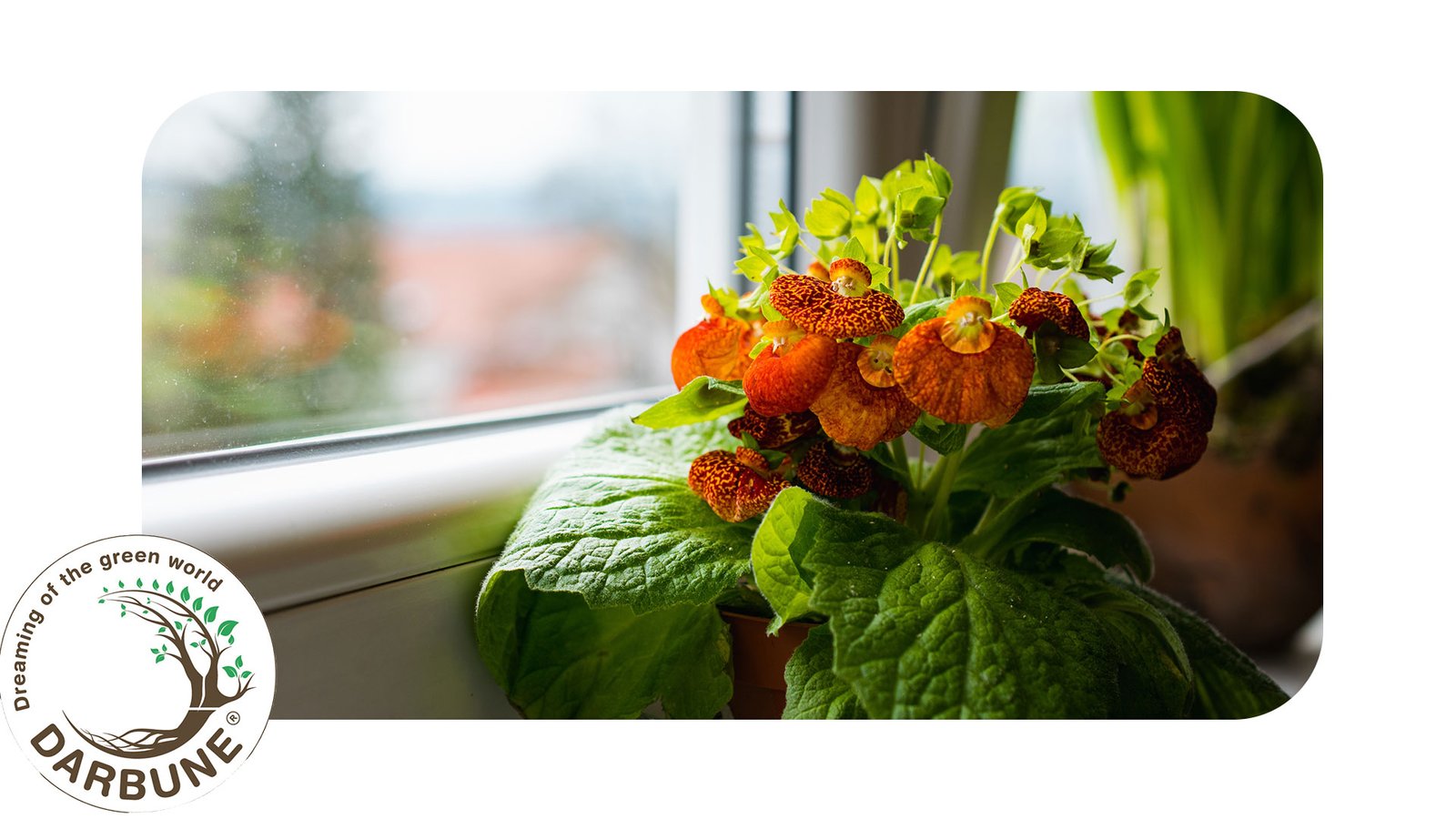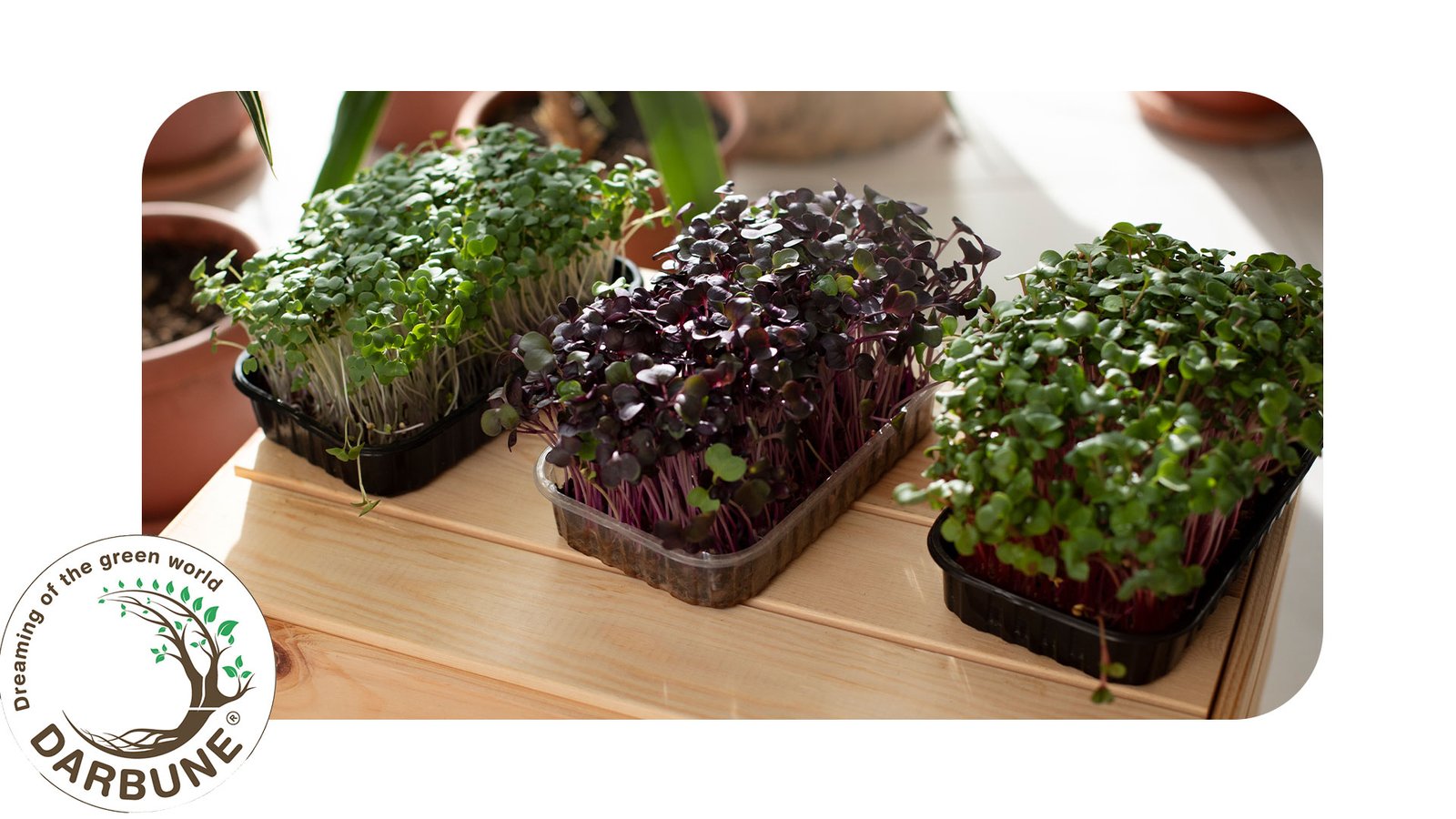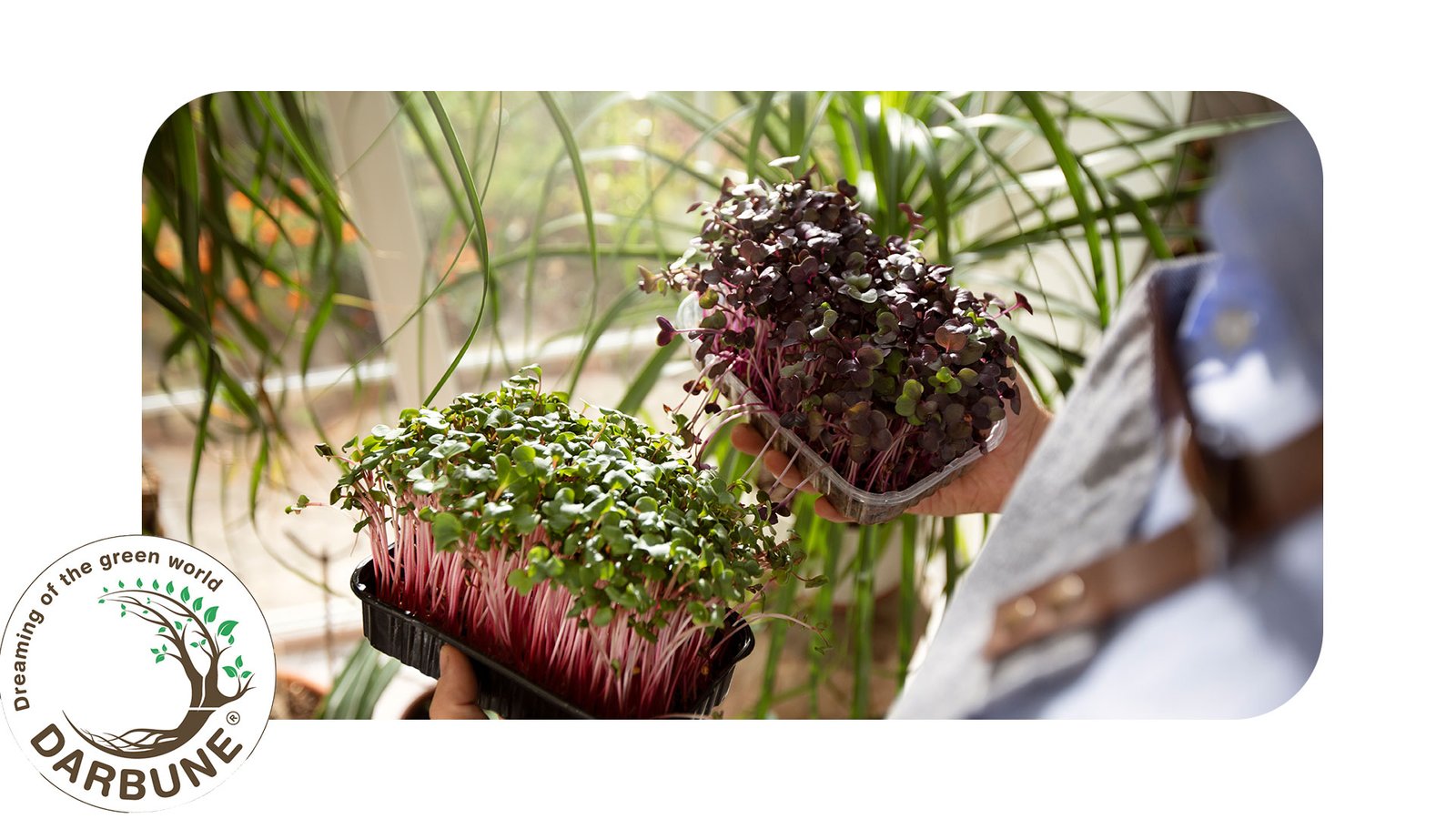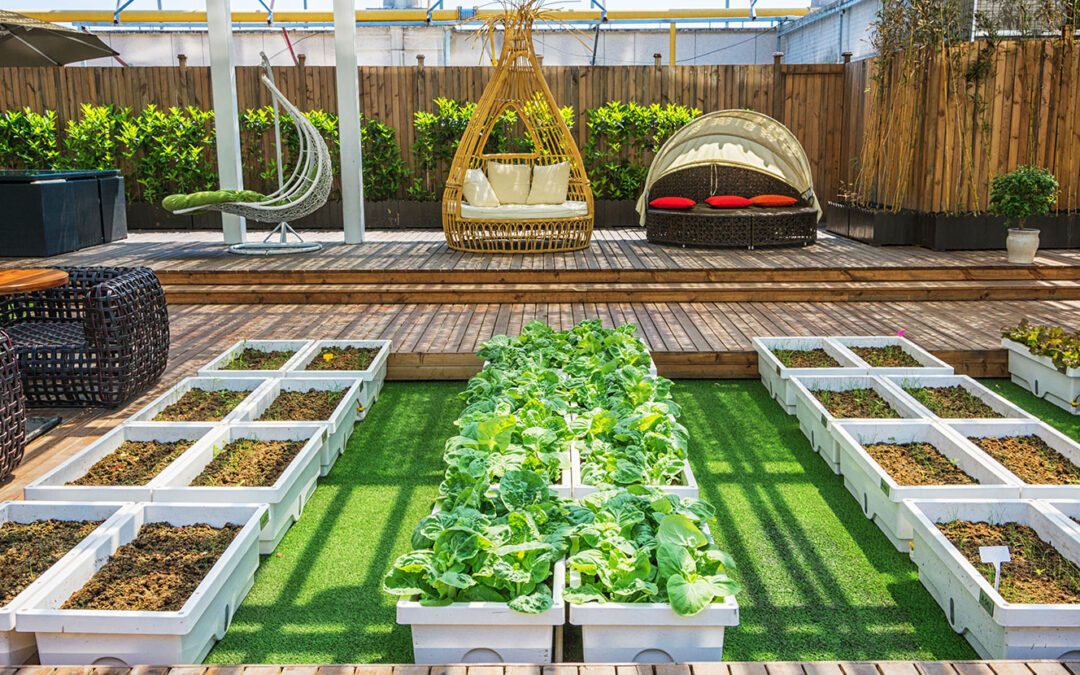Living in a city doesn’t mean you have to give up on growing your own fresh, organic vegetables. With advancements in indoor farming and other soil-less gardening techniques, even apartment dwellers can cultivate their own produce. Not only does this method save space, but it also eliminates the need for traditional soil, making it a cleaner and more efficient way to grow food.
In this article, we’ll explore various methods to grow organic vegetables in an urban apartment without soil, discuss their benefits, and provide practical steps to set up your own indoor garden.

Benefits of Soil-Less Urban Gardening
Growing organic vegetables without soil offers numerous advantages, including:
- Space Efficiency: Ideal for small apartments with limited space.
- Water Conservation: Uses up to 90% less water than traditional farming.
- Faster Growth: Plants grow up to 50% faster due to optimized nutrient delivery.
- Pest and Disease Control: Eliminates soil-borne pests and diseases.
- Sustainable and Eco-Friendly: Reduces the carbon footprint of food transportation.
Best Soil-Less Methods for Growing Organic Vegetables Indoors

1. Hydroponics: The Most Popular Method
Hydroponics involves growing plants in a nutrient-rich water solution without soil. This method provides essential nutrients directly to the roots, leading to faster and healthier growth.
Types of Hydroponic Systems
- Deep Water Culture (DWC): Plants are suspended in water with oxygen supplied via an air pump.
- Nutrient Film Technique (NFT): A thin film of nutrient solution continuously flows over the roots.
- Wick System: Passive system where nutrients are drawn up by a wick.
Best Vegetables for Hydroponics

- Lettuce
- Spinach
- Kale
- Basil
- Cherry tomatoes
2. Aeroponics: High-Tech Gardening
Aeroponics is a cutting-edge method where plant roots are suspended in the air and misted with a nutrient solution. This system uses less water and offers even faster growth compared to hydroponics.
Pros of Aeroponics
- Uses 95% less water than soil-based gardening.
- Provides higher oxygen levels for root development.
- Ideal for leafy greens and herbs.
3. Aquaponics: Combining Fish and Plants
Aquaponics is a sustainable method that integrates hydroponics with aquaculture (fish farming). Fish waste provides organic nutrients for plants, and plants filter the water for the fish.
Best Plants for Aquaponics
- Lettuce
- Basil
- Swiss chard
- Cucumbers
4. Microgreens and Sprouts: No Equipment Needed
If you’re looking for an easy and quick way to grow organic greens, microgreens and sprouts are excellent choices. They require minimal space and can be grown on a kitchen counter with just water and light.
How to Grow Microgreens at Home
- Soak seeds overnight.
- Spread them evenly in a shallow tray.
- Mist with water daily and keep in indirect sunlight.
- Harvest within 7-14 days.
Step-by-Step Guide to Setting Up Your Soil-Less Garden

Step 1: Choose the Right System
Select a method that suits your space, budget, and experience level. If you are interested in larger projects, you may even Start an Urban Farm on a Rooftop With a Low Budget to expand your urban gardening potential.
Step 2: Select the Best Vegetables
Opt for fast-growing, compact plants like lettuce, herbs, and cherry tomatoes.
Step 3: Ensure Proper Lighting
Use LED grow lights if natural sunlight is limited. Plants need 12-16 hours of light daily.
Step 4: Maintain Nutrient Balance
Use organic hydroponic nutrients to ensure plant health.
Step 5: Monitor and Maintain pH Levels
Most hydroponic vegetables thrive in a pH range of 5.5-6.5.
Conclusion
Growing organic vegetables in an urban apartment without soil is not only possible but also highly rewarding. Whether you choose hydroponics, aeroponics, or simple microgreens, you can enjoy fresh, healthy produce year-round. By following the right techniques and maintaining proper care, you can transform your apartment into a thriving green oasis.
For those interested in diversifying their indoor gardening, you can explore Grow Mushrooms Indoors as another exciting, soil-less option. Additionally, if you are looking to enhance your living space, you might consider incorporating the Most Popular Indoor Plants in the UAE for both aesthetic and air-purifying benefits.
Frequently Asked Questions (FAQ)
1. Can I grow vegetables without soil in a small apartment?
Yes! Hydroponics, aeroponics, and microgreens require minimal space and can be easily set up in small apartments.
2. What is the easiest vegetable to grow hydroponically?
Lettuce, basil, and spinach are among the easiest vegetables to grow in a hydroponic system.
3. Do hydroponic vegetables taste different from soil-grown vegetables?
Not significantly. In fact, hydroponically grown vegetables often taste fresher due to optimal nutrient absorption.
4. How much light do indoor vegetables need?
Most plants require 12-16 hours of light daily. LED grow lights can supplement natural light.
5. Is hydroponic farming expensive?
While the initial setup cost can be high, hydroponic farming saves money in the long run by reducing water and soil costs while increasing yield.
By adopting soil-less gardening techniques, urban dwellers can enjoy the benefits of homegrown, organic vegetables without the limitations of space and soil. Start your journey today and experience the joy of fresh, sustainable food right from your apartment!

